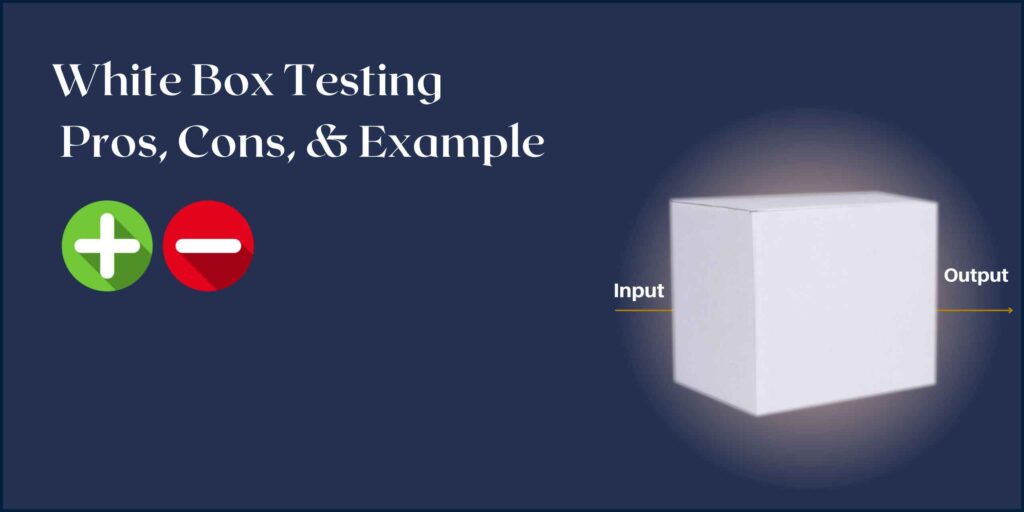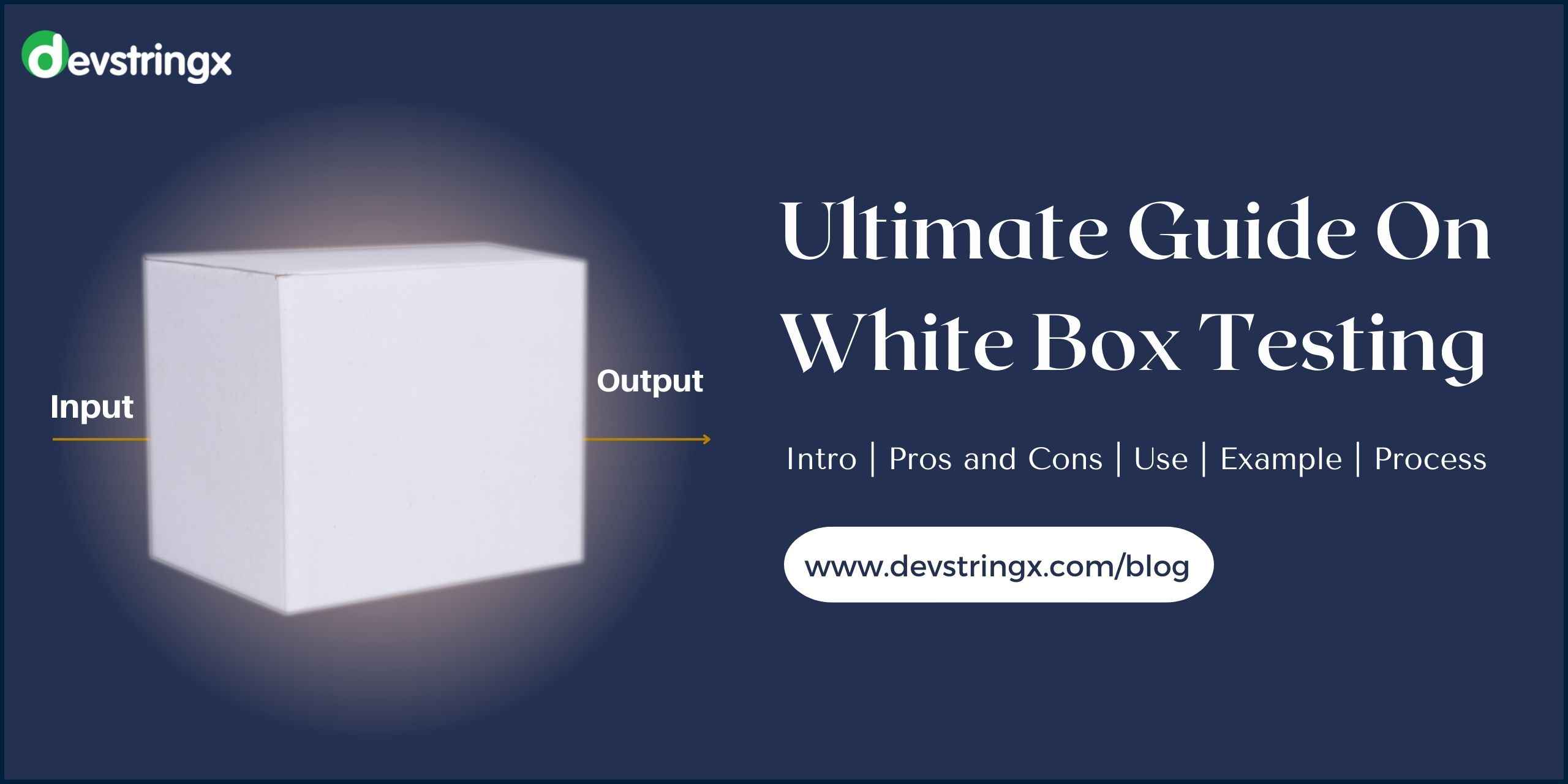White Box Testing : Everything You Need to Know – Devstringx
If you’ve ever written or read code, chances are you’ve seen examples of white box testing or clear box testing. What exactly does this term mean? White box testing refers to any type of software testing that uses the internal logic of the program to test the various components and modules in the program itself, as opposed to focusing on the software from an external point of view like black box testing does. Let’s take a look at what white box testing entails and how it can be effective in your day-to-day development cycle!
Introduction
White box testing is a software testing process that is conducted with the knowledge of the internal structure or workings of the item being tested. This is in contrast to black box testing, which tests from the outside with no knowledge of how it works. White-box testing can be done manually or through automated tools, and it typically takes longer than black-box testing. One benefit of white box testing is that it allows developers to identify problems within their code and fix them before they are released. However, this also means that fixing bugs after releasing the product will take much more time.
How to Do It?
When it comes to software testing, white box testing is the most thorough. This type of software testing focuses on the internal logic of the application and examines how it works from the inside out. It’s considered more thorough than black-box or gray-box testing because there’s more information about what the program does. You can do it by breaking down your code into smaller components and checking how they interact with one another. One way that you could go about this would be to use a recursive divide-and-conquer algorithm which will tell you where any errors are in your code base. Another option would be to create some inputs for your code and see if the expected outputs come up. Both of these methods have their pros and cons; whichever one you choose will depend on your situation.
When Should You Use White Box Testing?
White box testing should be used when you know all about how the program works and what it does. It is best for unit tests because those have already been created. If you don’t know anything about a particular code or function, then black box testing is probably your best option. It is also ideal if a customer has made a change to the software, but has not provided much documentation on why they made that change or how it will work. In these cases, white box testing can help uncover any problems with that new functionality.
Pros and Cons

The main benefit of white box testing is that the tester knows what they are looking for. They can test the code themselves to see if it will work as expected. This process is called code coverage and a tool like gcov or lcov can be used to measure it. The downside is that since the tester knows what they are looking for, there may not be any surprises when trying out new things. Finally, the focus on this type of testing usually leads people away from other types which might be more appropriate in some situations.
Recommended to Read:- Best Test Automation Tools for Web Applications
An Example
White box testing is sometimes called glass box, clear box, or transparent box because it allows you to see the code that makes up the program and test it in detail. In addition to examining how well the program performs on its own, white box testers also look at whether it interacts with other programs on your computer and with external systems such as databases.
Example: You’re browsing a retail website online, and your web browser tells the site about your data like who you are and what kind of device you’re on. The site sends back to your web browser a customized response that adjusts your screen accordingly. The site may use a number of technologies like JavaScript, CSS, or HTML5 to generate the user interface.
What happens when there’s a glitch? When a glitch occurs, one important question is How did this happen? If someone can answer that question (and fix it), then they can prevent similar glitches in future versions of the software. But if nobody knows why the problem occurred, then all anyone can do is ask for help. This is where the advantage of white-box testing comes in. By looking at the raw code inside a program, you can figure out which parts need changing to fix bugs.
Conclusion
There are many types of testing. We’ve only scratched the surface with this post and I hope that you’ll continue your research about testing. But for now, if you’re wondering what white box testing is, then you know enough.
If you are interested in even more software testing-related articles and information from us here at Devstringx, then we have a lot to choose from you.














